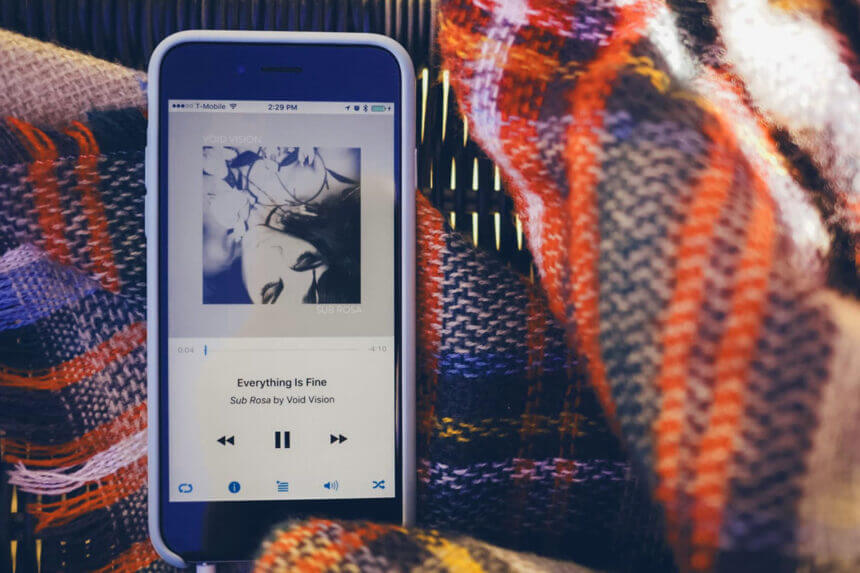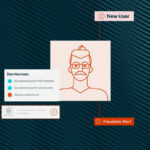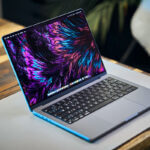CDiPhone refers to various methods and concepts for connecting compact discs with iPhones, from community-created workflows that let you transfer CD music to your phone, to Apple’s rumored conceptual devices that could integrate disc storage with modern smartphones. While no official “CDiPhone” product exists, the term captures a real need for bridging physical media with digital convenience.
What Does CDiPhone Actually Mean?
CDiPhone is a mashup of “CD” (compact disc) and “iPhone” that emerged as a community-created term to describe tools, methods, and concepts that connect CDs with iPhones. This portmanteau terminology reflects the creative naming approach users adopt when bridging different technologies.
Community-driven solutions focus on practical CD-to-iPhone transfer workflows. You can rip CDs to digital files using computer software, then sync those files to your iPhone through iTunes or cloud services. Conceptual devices represent Apple’s rumored exploration of smartphones with built-in disc storage systems. Some sources describe CDiPhone as Apple’s conceptual ecosystem that merges compact disc-inspired digital storage principles with cutting-edge smartphone technology. Professional variants refer to specialized optical media smartphone devices that combine familiar iPhone interfaces with enhanced capabilities for specific industries.
How CDiPhone Could Work: Hardware and Software Reality Check
Apple has never released an official CDiPhone product, but the concept highlights interesting technical possibilities and limitations within the broader Apple ecosystem.
Hardware challenges make direct CD integration difficult. iOS and iPadOS fundamentally do not support connection of any optical media drives, including Apple’s SuperDrive. Adding a disc drive would require significant power, create mechanical wear issues, and compromise the iPhone’s slim profile. The external drive interface requirements alone present substantial engineering obstacles. Software constraints also pose barriers. iOS lacks native support for file system compatibility with optical drives, and Apple maintains strict control over what external devices can connect.
Conceptual designs suggest hybrid storage systems that prioritize offline-first methodology. CDiPhone could feature a unique rotational storage disc embedded within the device, inspired by CD technology but miniaturized and digitized for modern demands. This approach would combine physical permanence with digital convenience, though engineering challenges remain substantial compared to the streaming-only approach that dominates modern mobile devices.
Current Tools and Methods You Can Use Right Now
You can access your CD collection on your iPhone today using existing tools and established CDiPhone workflow methods.
CD ripping software remains the most reliable foundation for physical media digitization. Connect an external CD drive to your Mac or PC, then use software like iTunes, Windows Media Player, or dedicated ripping tools. Choose lossless audio formats like ALAC (Apple Lossless Audio Codec) for best quality, or compressed formats like AAC for smaller file sizes. Most ripping software handles metadata tagging automatically, preserving album art and track information with metadata retention capabilities.
Transfer methods vary by preference within your digital music library setup. Sync directly through iTunes synchronization or Finder on newer Macs. Upload files to iCloud Music Library for wireless access. Use third-party cloud services like Dropbox or Google Drive for cross-platform solutions. Each method preserves your subscription-free ownership while providing iPhone compatibility.
External drive limitations affect iPhone users specifically. External hard drives often require an external power source when used with iPhone, and you may need a powered USB hub for Lightning connector devices. However, these drives work for file storage, not direct CD reading within any compact disc iPhone integration attempt.
CDiPhone vs Streaming: Pros, Cons, and Limitations
Physical CD integration offers distinct advantages over streaming services, but comes with significant trade-offs when considering mobile music storage strategies.
Ownership benefits include permanent access to your music collection through nostalgic media preservation approaches. You control the files locally without subscription fees or internet requirements. Audio quality advantages vary by format and audio codec selection. CDs provide uncompressed 16-bit/44.1 kHz audio, which matches streaming lossless audio quality from services like Apple Music or Spotify’s newly launched 24-bit/44.1 kHz FLAC streaming. Storage control lets you choose file formats and quality levels that suit your lossless quality preservation needs.
Convenience disadvantages are significant compared to cloud-dependent playback systems. Ripping CDs requires time and computer access. Managing large music libraries demands considerable iPhone storage space. Cost considerations include purchasing CDs, external drives, and potentially larger iPhone storage tiers. Workflow complexity exceeds streaming’s instant access model, though it enables audiophile-grade conversion for discerning listeners.
Streaming comparison reveals evolving competition in multi-format compatibility. Apple Music now offers most of its catalog in ALAC format ranging from 16-bit/44.1 kHz up to 24-bit/192 kHz. Modern streaming services increasingly match CD quality while offering massive catalogs and discovery features that physical collections cannot provide, representing the hybrid naming convention approach to modern music consumption.
Physical Media Trends and Market Demand in 2025
The physical media resurgence continues gaining momentum across multiple formats in 2025, supporting various disc-to-device transfer methodologies.
Vinyl dominance leads physical sales growth. Vinyl record sales increased 9.1% in 2024 for the 17th consecutive year of growth, with 6.7 million units sold in the UK. In the US, vinyl sales reached $1.7 billion in 2024, experiencing their 18th consecutive year of growth. CD market stability shows modest recovery through audio format conversion demand. CD sales totaled $541 million in 2024, up 1% from 2023. Cassette revival demonstrates niche growth. Cassette sales increased 204.7% in Q1 of 2025, though from a small base of 63,288 total units.
Demographic trends reveal interesting patterns in CD-iPhone connectivity adoption. According to French music industry data, 43% of CD purchasers are under age 35. Among vinyl buyers, 41% are under 35 years old, with 24% being 24 or younger. Collecting motivations include tangible ownership, superior perceived audio quality, and resistance to subscription-based consumption models.
Technology context shows streaming’s continued dominance alongside physical growth. Paid music streaming subscriptions reached $5.7 billion, accounting for nearly two-thirds of music industry revenue. Physical and streaming formats increasingly coexist rather than compete directly, enabling disc-to-mobile workflow integration for users seeking both convenience and ownership.
Tips for Converting CDs to iPhone Safely and Effectively
Successfully transferring your CD collection requires attention to technical details and best practices for effective CDiPhone integration.
Format selection affects quality and compatibility. The table below compares your main options:
| Audio Format | Quality Level | File Size per Track | iPhone Compatibility | Best Use Case |
|---|---|---|---|---|
| ALAC (Apple Lossless) | Identical to CD (16-bit/44.1kHz) | 10-15 MB | Perfect (native Apple) | Audiophiles, large storage |
| AAC (256 kbps) | Near-CD quality | 4-5 MB | Perfect (Apple standard) | Balanced quality/storage |
| AAC (128 kbps) | Good quality | 2-3 MB | Perfect | Limited storage users |
| MP3 (320 kbps) | High quality | 4-6 MB | Good | Cross-platform needs |
| MP3 (128 kbps) | Acceptable quality | 2-3 MB | Good | Maximum space saving |
Ripping settings should prioritize accuracy over speed for optimal ALAC encoding results. Enable error correction to handle scratched discs properly. Metadata management ensures organized libraries. Verify album information before ripping. Add missing album artwork manually when automated lookup fails. Standardize naming conventions for consistent organization.
Storage planning requires realistic capacity estimates. A typical CD (12 tracks) consumes 120-180 MB in ALAC format, or 36-60 MB in high-quality AAC. Calculate your collection size before choosing formats to avoid iPhone storage issues.
Legal compliance matters for personal use. Copyright law generally permits ripping CDs you own for personal use. Avoid distributing ripped files to others. Check local regulations as laws vary by jurisdiction. Backup strategies protect your investment. Store original ripped files on external drives or cloud storage separate from your iPhone library.
Quality control ensures successful transfers. Test ripped tracks for audio defects before batch processing. Clean discs gently with appropriate materials before ripping. Replace severely damaged discs rather than accepting poor-quality transfers.
Key Takeaways
CDiPhone represents practical solutions rather than official products. Current methods successfully connect CD collections with iPhones through computer-based ripping and syncing workflows. Physical media continues growing alongside streaming services, with vinyl leading and CDs showing stability. Lossless streaming now matches CD quality across major platforms, though ownership and control remain advantages of physical media. Technical barriers prevent direct CD drive connections to iPhones, making computer-mediated workflows necessary for the foreseeable future.
The concept highlights an ongoing tension between digital convenience and physical ownership. While streaming dominates music consumption, dedicated users find value in maintaining personal collections with complete control over their audio libraries.








